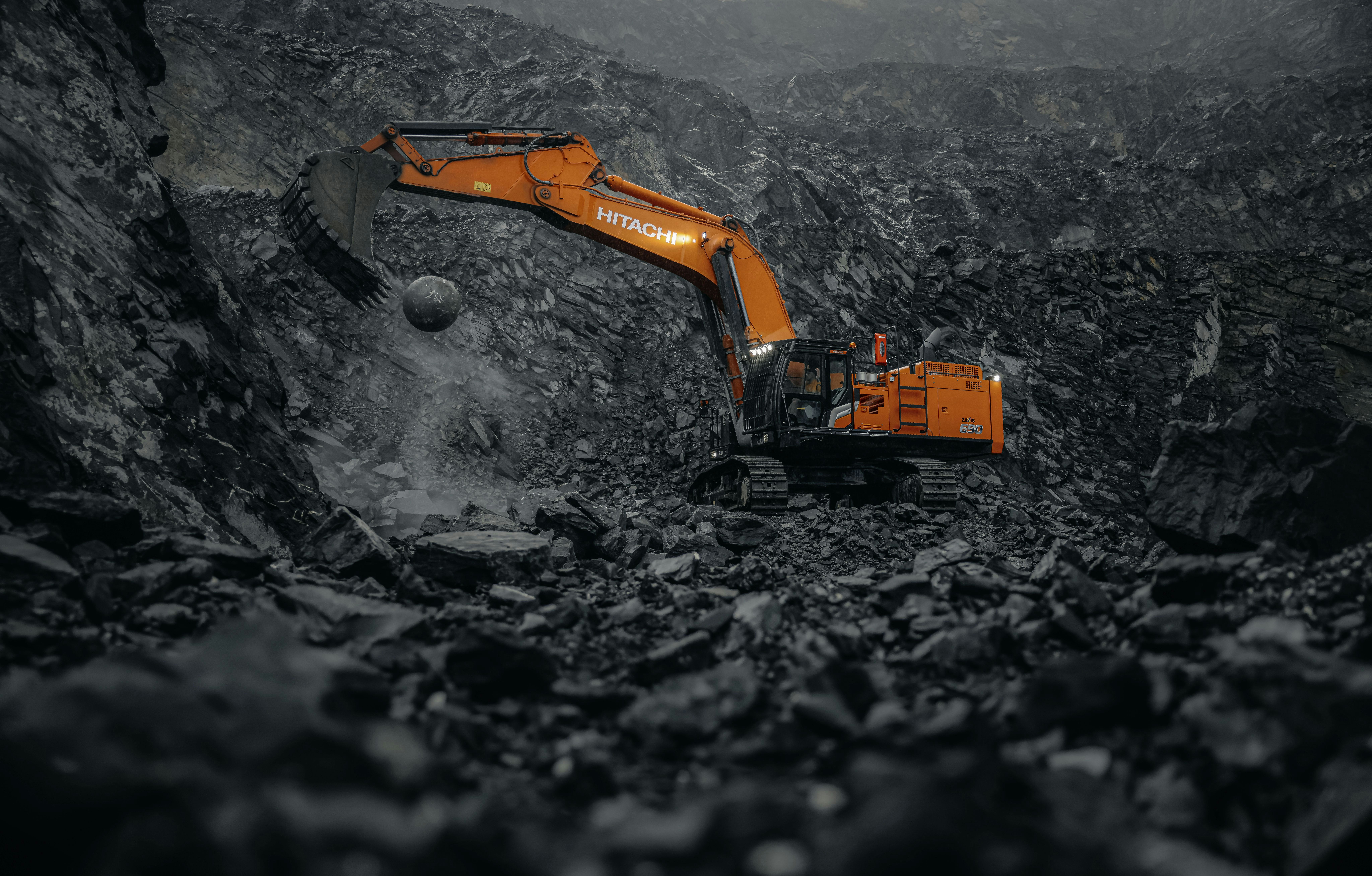
Mining has been a cornerstone of human civilization for centuries, providing the raw materials essential for progress and development. However, as we move deeper into the 21st century, the industry faces unprecedented challenges and opportunities. From environmental concerns to technological breakthroughs, mining is evolving rapidly to meet the demands of a changing world. This article examines the future of mining, focusing on innovation, sustainability, and the pursuit of smarter resource extraction.
Embracing Technological Innovation
Technological advances are transforming mining from a traditionally labor-intensive process into a high-tech operation. Automation and robotics are at the forefront, enabling companies to increase efficiency while enhancing worker safety. Autonomous trucks and drilling equipment can operate in hazardous environments without compromising human lives. This shift not only improves productivity but also reduces operational costs over time.
Moreover, the integration of data analytics and artificial intelligence is revolutionizing how mining companies make decisions. Sensors embedded throughout mining sites continuously collect vast amounts of data, which AI algorithms analyze in real-time. This capability enables operators to predict equipment failures, optimize extraction processes, and adapt quickly to changing conditions. As a result, mining becomes more precise, reducing waste and maximizing output.
Prioritizing Environmental Sustainability
The environmental impact of mining has long been a concern for communities and regulators. The future of mining, however, increasingly focuses on minimizing ecological footprints and promoting sustainability. Companies are now investing in greener technologies and practices to reduce emissions, manage waste responsibly, and rehabilitate mining sites after operations have ended.
Water management is a critical area of innovation. Mining operations require a significant amount of water, but new techniques are helping to recycle and conserve this precious resource. Additionally, the use of renewable energy sources, such as solar and wind, is growing within mining sites, thereby reducing dependence on fossil fuels. These efforts not only benefit the environment but also enhance the social license to operate, as communities expect greater corporate responsibility.
Exploring New Frontiers
As accessible mineral deposits on the surface become scarcer, the mining industry is exploring new frontiers to meet global demand. Deep-sea mining and asteroid mining have emerged as cutting-edge possibilities that could unlock vast untapped resources. Although these ventures present unique technical and ethical challenges, they hold the promise of significantly expanding the supply of rare and valuable minerals.
Deep-sea mining involves extracting minerals from the ocean floor, where deposits of metals like cobalt, nickel, and manganese are abundant. Meanwhile, asteroid mining envisions harvesting resources from near-Earth objects, potentially offering materials that are rare or depleted on our planet. Both approaches require advanced technology and robust regulatory frameworks, but they symbolize the industry’s commitment to innovation and diversification of resources.
Meeting Demand for Critical Minerals
The rise of renewable energy technologies and electric vehicles has driven a surge in demand for critical minerals, including lithium, cobalt, and rare earth elements. These materials are essential for batteries, magnets, and other components that power the green economy. Mining companies must adapt their operations to supply these minerals responsibly while managing geopolitical and market risks.
In response, mining firms are adopting transparent supply chain practices to assure customers and governments of ethical sourcing. Efforts to enhance traceability and mitigate environmental and social impacts have become integral to business strategies. Furthermore, recycling and urban mining—recovering minerals from electronic waste—are gaining traction as complementary approaches to meet demand sustainably.
Investing in Workforce Development
Despite increased automation, mining continues to rely heavily on skilled workers to manage complex operations. The future workforce must blend traditional mining expertise with knowledge in data science, robotics, and environmental management. As a result, companies are investing in training programs and partnerships with educational institutions to prepare employees for this evolving landscape.
Additionally, diversity and inclusion are becoming priorities within the mining sector. Encouraging broader participation by women and underrepresented groups brings fresh perspectives and enhances innovation. These cultural shifts contribute to building resilient organizations capable of adapting to future challenges.
Building Resilience Through Collaboration
The complexity of modern mining requires collaboration across industries, governments, and communities. Partnerships between mining companies and technology firms accelerate the development and deployment of new solutions. Likewise, engagement with local stakeholders fosters trust and shared benefits, both of which are critical to project success.
Governments play a vital role in providing clear regulatory frameworks that strike a balance between economic growth and environmental protection. International cooperation also helps address cross-border issues such as resource security and ethical standards. By working together, the mining sector can navigate uncertainties and drive sustainable progress.
Mining the future means embracing change and innovation to secure resources vital for the global economy while protecting the planet. Technological advancements, sustainability initiatives, and new exploration frontiers are reshaping the industry’s landscape. Furthermore, developing a skilled and diverse workforce, along with fostering collaboration, will ensure mining continues to contribute meaningfully in the decades ahead. As challenges arise, the industry’s ability to adapt and innovate will define its success in mining the future.